In the heart of the picturesque city of Tbilisi, Georgia, stands a remarkable testament to both architectural grandeur and spiritual significance—Sameba Cathedral. This majestic masterpiece of faith and design is not merely a place of worship; it’s a cultural treasure that harmoniously merges spirituality and architectural brilliance.
A Brief History of Sameba Cathedral
The roots of Sameba Cathedral reach back to the tumultuous period of the late 20th century. In 1989, Georgia was still under Soviet rule, and the resurgence of national and religious identity was met with challenges. It was during this time that the idea of constructing a grand cathedral in the heart of Tbilisi was born. The decision to build the cathedral was further fueled by the desire to commemorate the 1,500th anniversary of the autocephaly of the Georgian Orthodox Church.
In 1995, the construction of Sameba Cathedral began. The site chosen for this grand endeavor was Elia Hill, one of the highest points in Tbilisi, ensuring that the cathedral would be visible from all corners of the city.
It took nearly a decade of unwavering dedication and hard work to complete Sameba Cathedral. In 2004, as Georgia celebrated its 2,000th anniversary of Christianity, the cathedral was consecrated in a grand ceremony attended by religious leaders, dignitaries, and thousands of faithful worshippers.
The architectural style of Sameba Cathedral is a harmonious blend of traditional Georgian ecclesiastical design and contemporary elements. The exterior showcases the distinct features of Georgian cross-dome architecture, with its imposing golden dome and gleaming white façade. The interior, on the other hand, embraces modern aesthetics, creating a captivating fusion of the old and the new.
Today, Sameba Cathedral is not just an architectural marvel; it’s a living place of worship. Daily divine services, liturgical rituals, and religious ceremonies continue to take place within its hallowed walls, inviting both locals and visitors to partake in the spiritual essence of this magnificent structure.
[/vc_column_text]
Infrastructure around it
Sameba Square – It stretches out in front of the cathedral and is a hub of activity. Lined with trees and benches, it provides a serene spot for relaxation and contemplation. The square often hosts outdoor events, religious gatherings, and cultural festivals, creating a lively atmosphere.
Arch of Friendship – Adjacent to the square, the Arch of Friendship graces the landscape. This majestic arch, adorned with intricate Georgian ornamentation, stands as a symbol of unity and friendship among the diverse communities in Georgia. Its design reflects the nation’s commitment to harmonious coexistence.
Cultural and Historical Sites – The area around the Cathedral is rich in history and culture. Within walking distance, you’ll find several notable sites such as Kartlis Deda, Tsminda Sameba Monastery, Rike Park, Metekhi Church, etc.
Dining and Shopping – The vicinity of Sameba Cathedral boasts a variety of dining and shopping options. Whether you’re in the mood for traditional Georgian cuisine or international flavors, you’ll find a range of restaurants, cafes, and eateries to satisfy your culinary cravings. Additionally, local markets and boutiques offer unique shopping experiences, with a selection of handmade crafts, jewelry, and Georgian wine.
Accommodations – For visitors who wish to stay near Sameba Cathedral, there’s no shortage of lodging options. Hotels, guesthouses, and apartments provide comfortable accommodations, ensuring a pleasant and memorable stay in Tbilisi
How to get there
Visiting Sameba Cathedral, the Holy Trinity Cathedral of Tbilisi, is a memorable experience, and reaching this iconic landmark is quite convenient thanks to the city’s transportation options. Whether you’re staying in the city center or exploring other parts of Tbilisi, here’s how to get to Sameba Cathedral:
Metro
Tbilisi Metro is one of the most efficient ways to reach Sameba Cathedral. Follow these steps:
- Locate the Nearest Metro Station: Depending on your starting point, identify the nearest metro station. For Sameba Cathedral, the ideal stations are Avlabari or Metekhi, both of which are on the Akhmeteli-Varketili Line (Line 2, Green Line).
- Purchase a Metro Card: At the metro station, you can buy a Metromoney Card. This card allows you to load credit for multiple rides, making it convenient for your journey.
- Take the Metro: Once you have your Metromoney Card, proceed to the platform for Line 2. Board a metro train heading in the direction of Akhmeteli or Varketili, depending on the station you’re departing from.
- Exit at Avlabari or Metekhi: Alight at either the Avlabari or Metekhi station, as they are both within walking distance of Sameba Cathedral.
- Walk: Follow the signs indicating the direction to Sameba Cathedral. It’s a short and enjoyable walk through the historic streets of Tbilisi, allowing you to soak in the city’s atmosphere and architecture.
Taxi
Taxis are readily available throughout Tbilisi, and they offer a convenient way to reach Sameba Cathedral. Here’s how:
- Hail a Taxi: You can easily find a taxi on the streets of Tbilisi. Look for a taxi with a visible taxi sign on the roof.
- Use Ride-Sharing Apps: Alternatively, you can use ride-sharing apps like Bolt or Yandex.Taxi to book a taxi to Sameba Cathedral. These apps provide estimated fares and allow you to track your driver’s location.
- Specify Your Destination: When you hail a taxi or use a ride-sharing app, specify that you want to go to Sameba Cathedral. Most taxi drivers in Tbilisi are familiar with the location.
- Agree on the Fare: Before starting your journey, it’s advisable to agree on the fare with the driver. While taxis in Tbilisi are generally affordable, confirming the fare ensures a smooth ride.
- Enjoy the Ride: Sit back, relax, and enjoy the short drive to Sameba Cathedral. The trip offers glimpses of Tbilisi’s streets and neighborhoods.
Bus
Tbilisi has an extensive bus network, and while buses may not drop you directly at Sameba Cathedral, they can get you close. Here’s what to do:
- Locate a Bus Stop: Find a nearby bus stop, and check the bus routes that pass through the area.
- Check Bus Schedules: Verify the bus schedules to see if there’s a route that brings you close to Sameba Cathedral. Popular bus stops in the vicinity include Marjanishvili Square and Freedom Square.
- Board the Bus: Once you’ve identified the right bus, board it, and pay the fare to the conductor or driver.
- Ask Locals for Directions: If you’re not sure where to get off, don’t hesitate to ask fellow passengers or the bus staff for guidance. Locals are often friendly and willing to help.
- Walk: After disembarking from the bus, follow the signs or ask for directions to Sameba Cathedral. It’s usually a short walk from the nearest bus stop.
On Foot
If you’re already exploring Tbilisi’s city center or nearby areas, consider walking to Sameba Cathedral:
- Locate Your Starting Point: Determine your current location within Tbilisi’s city center or wherever you are in the vicinity.
- Plan Your Route: Use a map or GPS app to plan your walking route to Sameba Cathedral. The area is pedestrian-friendly and offers picturesque streets.
- Enjoy the Walk: Stroll through Tbilisi’s charming streets, taking in the sights and ambiance as you make your way to the cathedral.
Reaching Sameba Cathedral is an enjoyable journey that allows you to immerse yourself in the beauty and culture of Tbilisi. Whether you prefer the metro, taxi, bus, or a leisurely walk, you’ll find a convenient way to explore this iconic landmark in the heart of the city.
Tours via Sameba Cathedral
Useful Tips
Dress Modestly – Sameba Cathedral is a place of worship, and it’s important to dress modestly when entering. This means covering your shoulders and knees. Avoid wearing revealing clothing, such as short skirts or sleeveless tops. Carrying a scarf or shawl to cover up if needed is a good idea.
Respect the Rules – When you arrive at Sameba Cathedral, you may encounter volunteers or staff who enforce the rules. Be respectful and follow their instructions. This may include guidelines about photography, maintaining silence, or entering certain areas of the cathedral.
Photography Etiquette – While photography is allowed in certain areas of the cathedral, be mindful of your surroundings and other visitors. Avoid using flash photography, as it can disturb those who are praying or meditating. Respect any signs or guidelines regarding photography restrictions.
Silence and Reverence – Maintain a quiet and respectful demeanor while inside the cathedral. Many visitors come to Sameba Cathedral for prayer and reflection. Be mindful of your volume when speaking and avoid loud conversations or laughter.
Attend a Service – If you’re interested in experiencing the spiritual side of Sameba Cathedral, check the schedule for religious services. Attending a church service can provide insight into the local culture and religious practices. Be sure to arrive early and dress appropriately.
Plan Your Timing – Sameba Cathedral can get crowded, especially during religious holidays and special events. If you prefer a quieter visit, consider arriving early in the morning or later in the afternoon. This can also provide better lighting for photography.
Be Mindful of Holidays – Check the calendar for religious holidays or special occasions when Sameba Cathedral may have limited access to visitors. It’s a good idea to plan your visit accordingly to avoid disappointment.
Sameba Cathedral on a Map

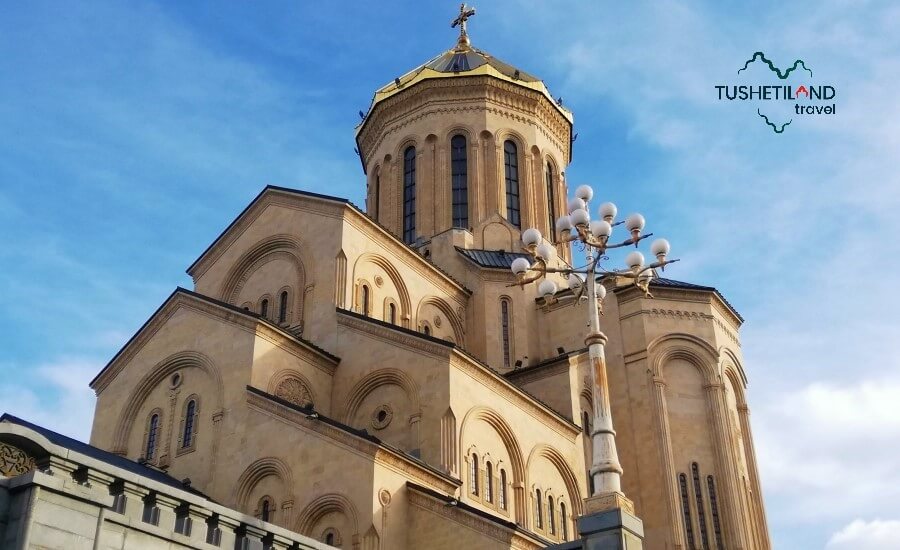
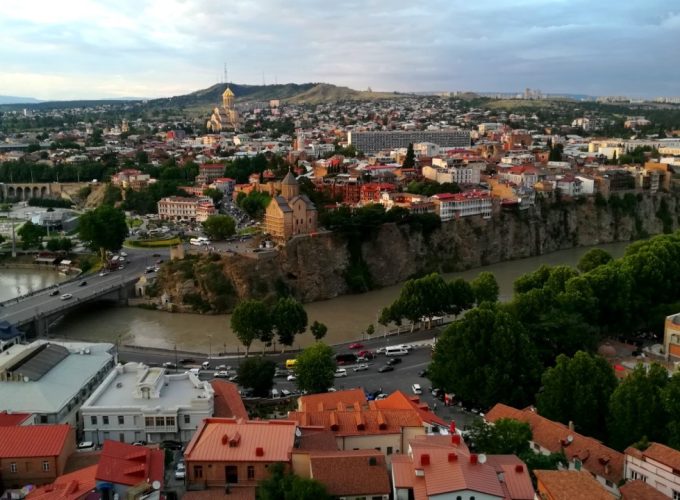
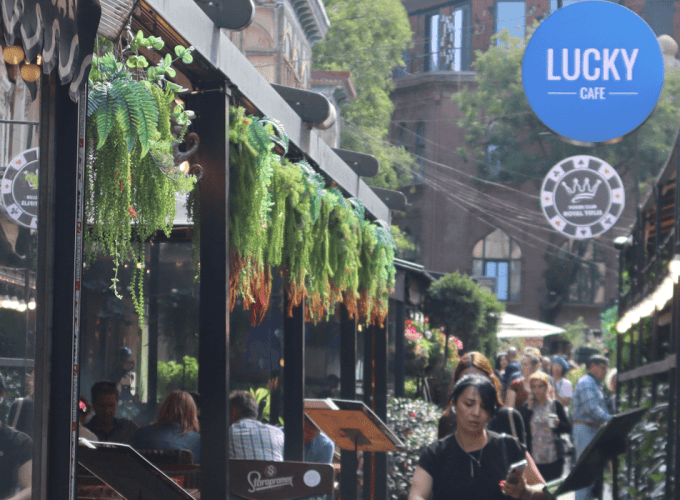
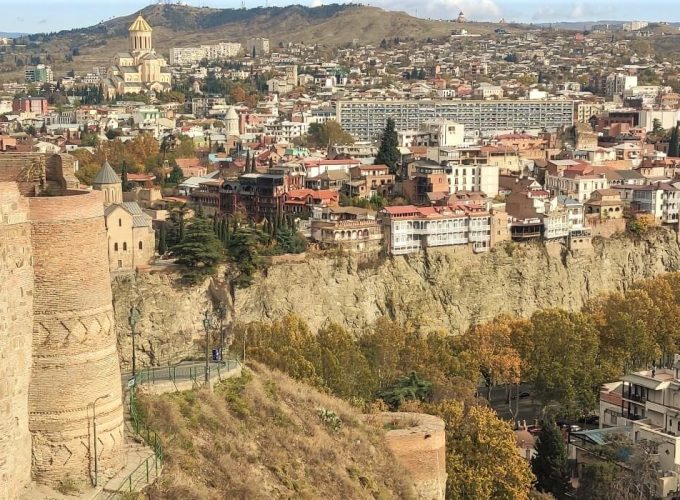
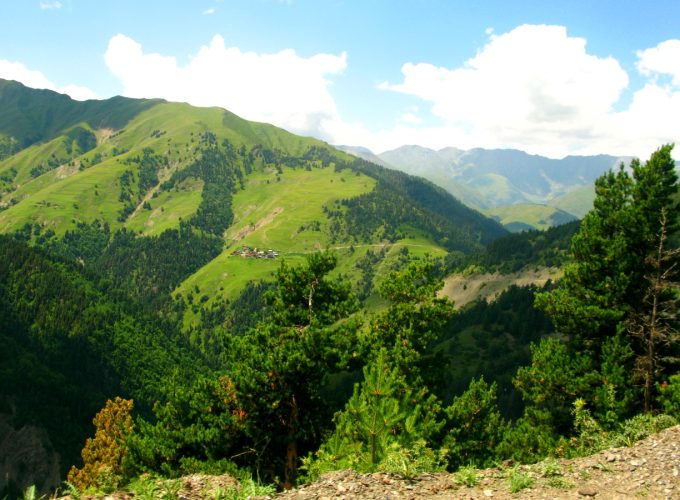
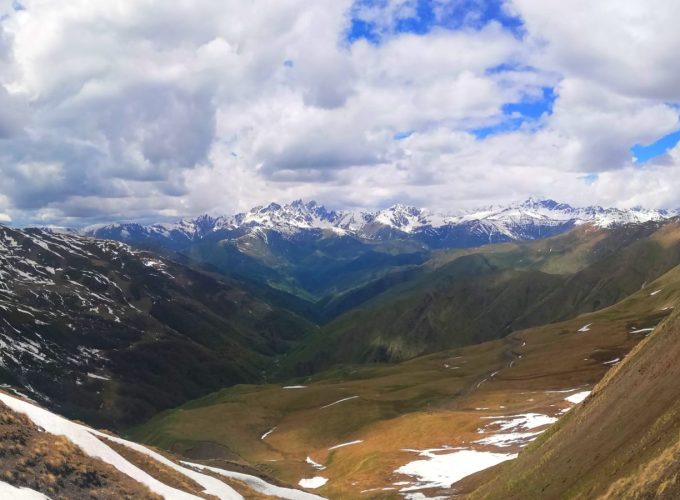
Comment (0)